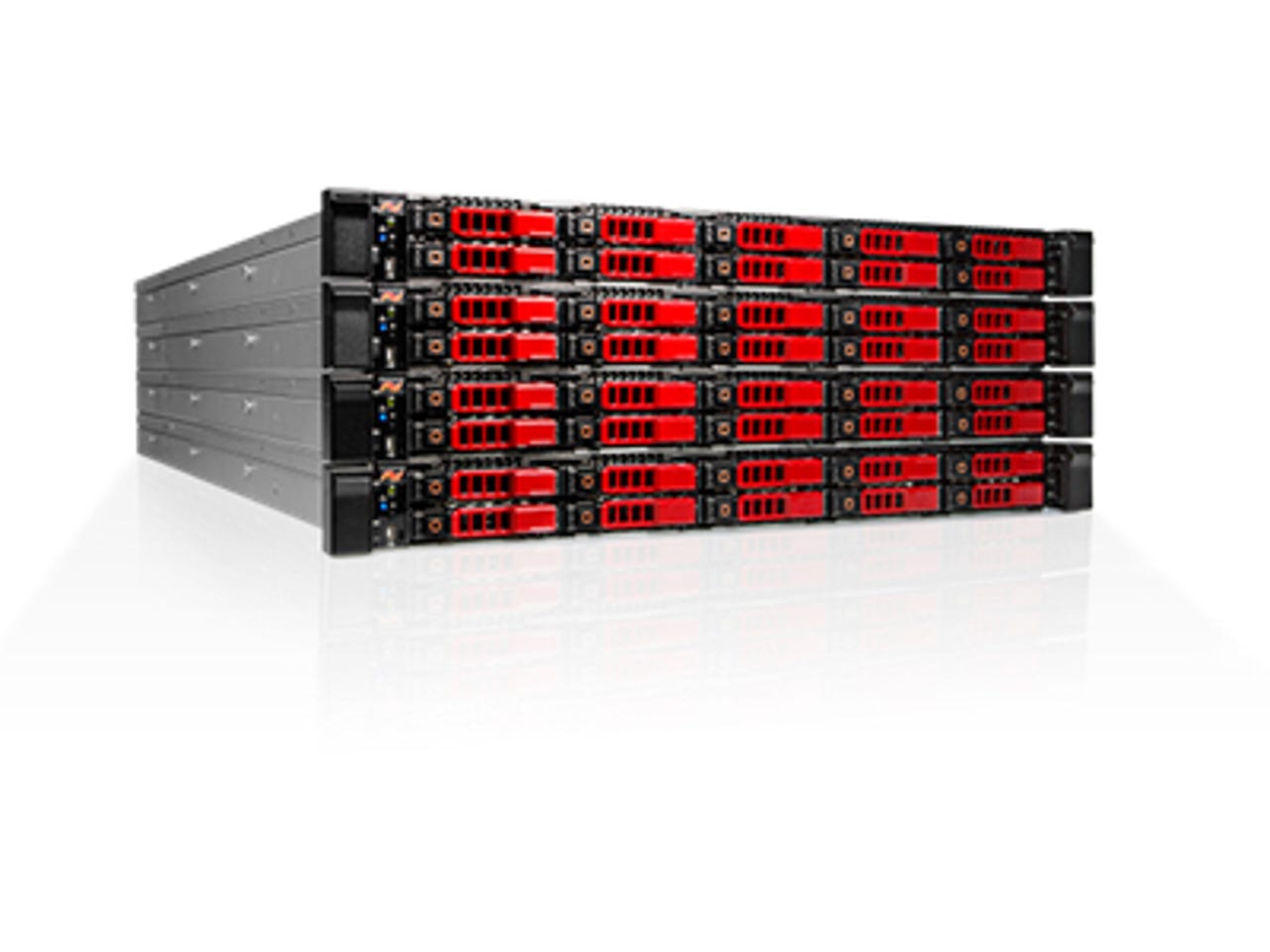NetApp SolidFire offers flexible purchasing model for datacenter storage


A SolidFire flash array.
NetApp SolidFire has come up with a licensing model that gives users a more flexible way of purchasing their storage needs.
The move comes six months after NetApp bought SolidFire for $870m. Founded in 2010, SolidFire's flash arrays were designed originally for the service provider industry, but have since expanded to enterprises.
The company's 'FlashForward capacity licensing' gives new software licensing rights to SolidFire customers, including the right to "perpetually transfer software across multiple generations of hardware at no additional cost" and the ability to pool software licensing across an enterprise's entire storage footprint, the company said.
SolidFire's Bercovici: "You can just re-apply that to the existing capacity that you have already purchased."
According to SolidFire, the new model is better aligned with how service providers and enterprises are looking to purchase and consume storage infrastructure.
The aim is that customers should not have to go through the normal procedure of estimating the amount of hardware necessary before assessing the the amount of software required.
As SolidFire put it: "It combines commodity hardware costs with the flexibility of licensing NetApp SolidFire Element OS [on an] enterprise-wide basis."
In terms of capacity, it starts at 100TB, which covers a pooled amount of capacity across an unlimited number of SolidFire systems, the company said.
Explaining the move, SolidFire CTO Val Bercovici told ZDNet: "The notion is that if you want to license capacity, that capacity is no longer tied to a piece of hardware -- that capacity doesn't have to be re-purchased after three years just because you are extending the software license.
"So as you are refreshing your hardware, for better rack efficiency, power utilization, etc, you can just re-apply that to the existing capacity that you have already purchase."
"It is kind of like software-defined purchasing if you will," he continued. "It's a more predictable way to account."